Description
The title has been reprinted and is now available again!
The Bagpipe Primer is the first and only textbook to date on the bagpipe, the medieval bagpipe as known from medieval markets or bands like In Extremo or Corvus Corax.
The textbook is suitable for both beginners and advanced students and teaches a structured ornamentation technique. The book takes the learner step by step from the practice whistle to the bagpipe. The breathing and playing technique of the bagpipe is clearly presented with texts, pictures and graphics.
In addition to useful exercises, there are of course a lot of melodies included – e.g. Goddesses, Pavane, Skudrinka, the Palestine Song or the Bear Dance – just to name a few. Besides these more traditional pieces, there are also some modern compositions, e.g. by Briantanus.
On the website www.sackpfeifen-fibel.de an online database is made available to owners of this textbook. This contains all the pieces & exercises discussed in the Bagpipe Primer to listen to & play along with.
Printed in four colors throughout and beautifully designed, this textbook is dedicated to all those interested in the ‘medieval’ bagpipe as it is heard in most medieval markets today. ‘Medieval’ is in quotation marks here because this form of bagpipe is not a historical instrument. Various names are associated with the instrument, for example, bagpipe, A-sack or market sack. In this textbook, the author uses the term ‘bagpipe’.
The playing techniques presented in this textbook are explained in an easy-to-understand manner and significantly expand the musical expression possibilities on the bagpipe. They give the musician new possibilities. Despite the innovative approaches, it is important to Thomas Zöller to respect the peculiarities of the instrument.
The content presented in the book provides for the first time a clearly structured and tested ornamentation system for the bagpipe. Furthermore, in addition to the exercises, the pieces and the relevant music theory, there are valuable tips on how to use the bagpipe itself.
Below the learning units are visually highlighted areas. Here, the stumbling blocks associated with the respective exercise are again specifically discussed. Sometimes a shawm is shown below the notes, on which the fingerings belonging to the notes are depicted. For melody notes the shawm is shown large, for ornament notes small.
As with any instrument, complete self-study is not recommended for the bagpipe. So one does well to look for a teacher in addition to the bagpipe primer who is conscientious of one’s needs and problems.
The online database of sound examples is open to all purchasers of this textbook who have requested access information to the online database by emailing the author.
English:
This is the first and, at present, only tutor for the mediaeval bagpipe as we know it from mediaeval fairs and bands such as In Extremo or Corvus Corax.
The tutor is suitable for beginners as well as for more advanced players and teaches a structured ornamentation technique. It leads the student step by step from practice chanter to bagpipe. Breathing and playing techniques are represented graphically in texts and illustrations.
The book contains not only useful exercises, but also numerous popular tunes – such as Goddesses, Pavane, Skudrinka, Palästinalied or Bärentanz. In addition to these more traditional pieces, there are also a few contemporary composition by Briantanus and others.
This beautifully designed, full-colour tutor is dedicated to all those who are interested in the ‘mediaeval’ bagpipe as it is played nowadays on many mediaeval fairs (although this is not a historical instrument; hence the quotation marks).
The playing techniques presented are explained in an easily comprehensible fashion and considerably extend the musical expressiveness of the bagpipe. They offer new possibilities to the musician. In spite of his innovative approach, Thomas Zöller shows respect for the peculiarities of this instrument.
The book describes for the first time a clearly structured, tried and tested ornamentation system for the mediaeval bagpipe. Furthermore, in addition to exercises, tunes, and relevant musical theory, there are valuable hints on care and maintenance of the bagpipe itself.
Below the study units, visually highlighted areas give a detailed analysis of the difficulties associated with the exercise in question. Sometimes a chanter is shown below the notes, illustrating the associated fingering. For melody notes the chanter is big, for ornamental notes it is smaller.
As with any instrument, complete self-study is not to be recommended for the bagpipe. It is a good idea, in addition to the Bagpipe Primer, to find a teacher who is prepared to cater to the needs and problems of the student carefully.
Via a website dedicated to this book, the owners of this tutor can access an online database which contains all tunes and exercises in the Sackpfeifen-Fibel for listening and playing along.
The tutor is also available as part of an inexpensive novice player’s set together with the practice chanter required for the work with this book on our homepage.
On the website www.sackpfeifen-fibel.de the owners of this tutor can access an online database which contains all pieces & exercises discussed in the Sackpfeifen-Fibel for listening and playing along. All buyers of the tutor can request access information by e-mail to the author.
The book is written in German language.
Order no.: 90-2k
ISBN: 978-3-927240-90-2
Format: 21 x 21 cm
Number of pages: 80 pages with database access
Binding: Softcover with thread stitching
Thomas Zöller discovered his love for bagpipe and drone music at an early age. In 1995, at Rüdiger Oppermann’s summer music festival, he dared to take his first steps on a French bagpipe and the hurdy-gurdy. The sound of the Scottish Great Highland Bagpipe led him to study this bagpipe and its repertoire intensively in 1996. Over the years, Scottish Smallpipes and Borderpipes were added. In collaboration with the instrument maker Nigel Richard, he expanded their tonal possibilities with the aid of keys. On his instruments, he sees himself as a border crosser, exploring the traditional repertoire while always searching for new paths and timbres.
From 2002-2005, he studied Scottish music with a major in Great Highland Bagpipe at the Royal Scottish Academy of Music and Drama and the National Piping Centre in Glasgow, Scotland. He is the first mainland European to successfully complete this nationally recognized course of study.
His musical activities range from medieval music to pop productions. As a permanent band member, guest or studio musician he played with and for: Adelante, Adversus, Andras Zauberband, Anna-Maria Kaufmann, Às a’ Phìob, ASP, Chieftains, Estampie, Fabula, HOMEBOUND, Otterflug, Qntal. In the summer of 2005 he founded the Bagpipe Academy, the first professional bagpipe school in Germany. The latter sees its task in conveying culture instead of cliché, interpretation instead of imitation. It sees itself as a German center for various European bagpipe traditions and teaches them through individual and group lessons, weekend workshops and the Storas Òran Winter School, which lasts several days and is held in cooperation with the German Center for Gaelic Language and Culture. Since 2007, the Bagpipe Academy has conceived and organized the Interkeltische Folkfestival, which brings internationally renowned artists of the folk scene to Hofheim am Taunus for several days.


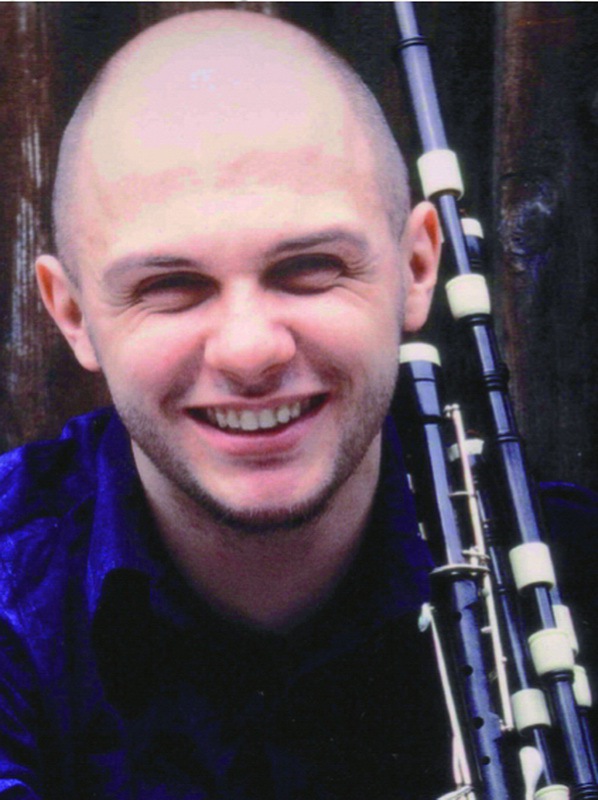
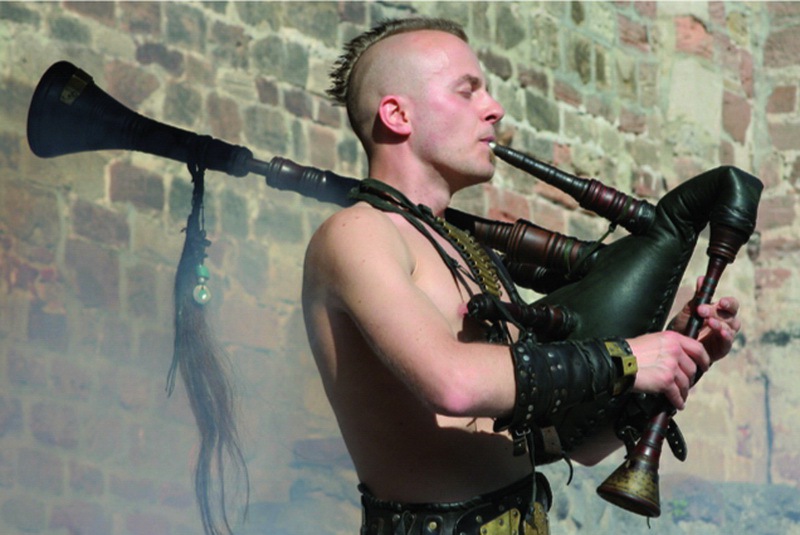
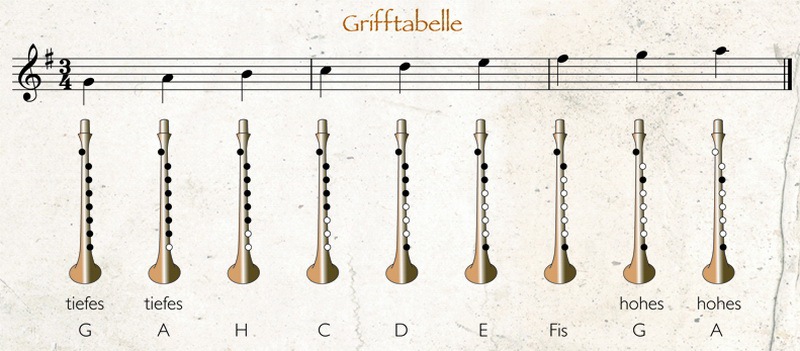
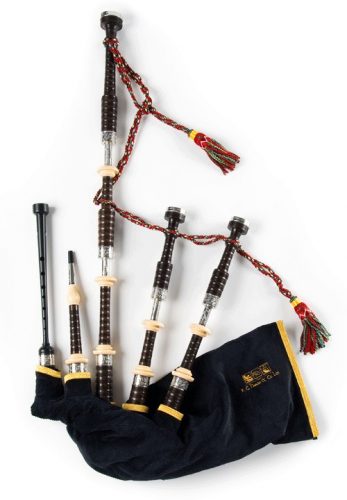
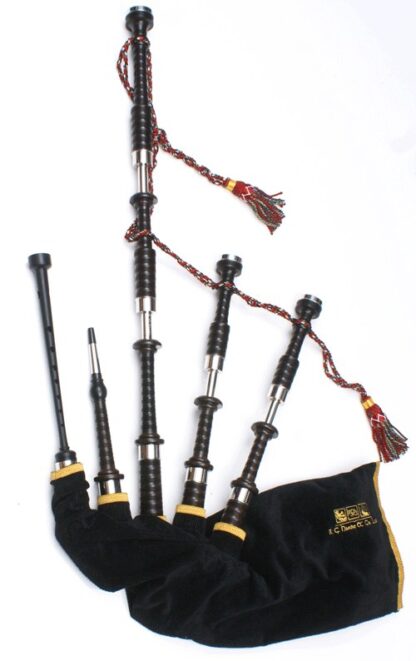

Reviews
There are no reviews yet.